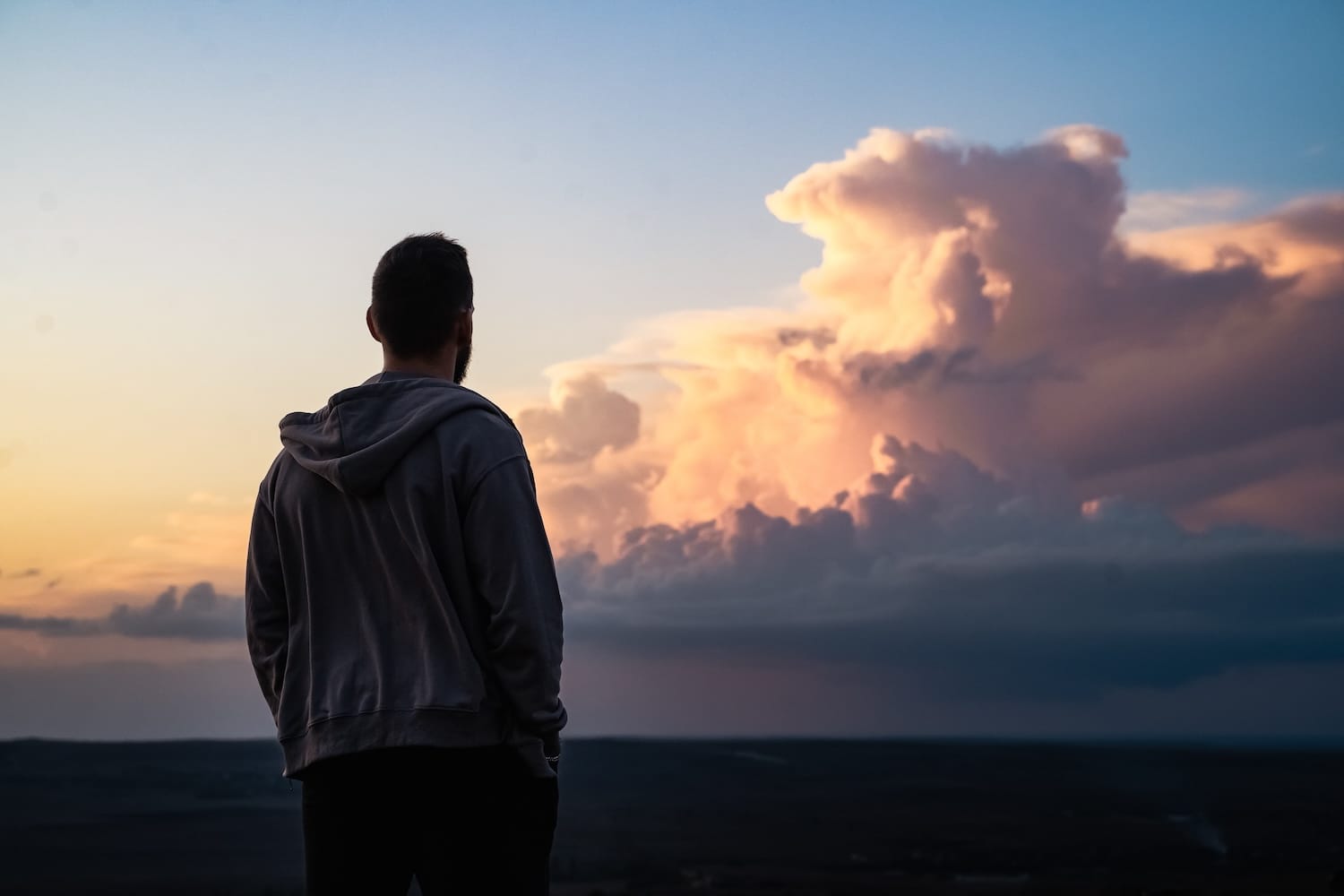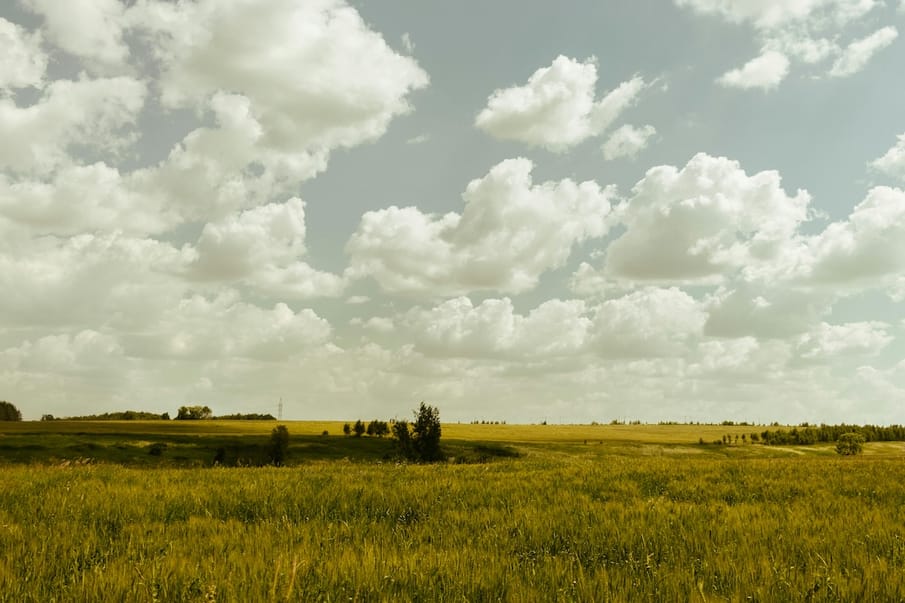When the responsibilities of modern life trap us indoors for hours on end, can we combat this nature-deficit through technology and simple cognitive tools to, in turn, boost our mental wellbeing?
I recently took part in a seven-day programme called ‘The Big Joy Project’. This consisted of daily micro-acts of joy designed to improve wellbeing. What stood out most for me was a video featuring landscapes from around the world.
The sight of vast mountains, crashing waves, and the sun rising was enough to bring me to tears. What was it about these scenes that moved me so greatly – even if I was only experiencing them through a screen? And, are there other ways to experience nature in a world that seems to implore us to stay indoors?
A modern dilemma
It’s no secret that the digital world is gradually replacing the natural one, at least in terms of how most of us spend our time (whether by desire or not). While our ancestors might have had no choice but to roam the wilderness, now more than 85% of a person’s daily life is spent indoors, according to a study in the Journal of Physiological Anthropology. It is generally agreed that this disconnect is not a good thing, given the well-documented benefits of spending time in nature.
Coined by American author Richard Louv, the term nature-deficit disorder is used to describe “the human costs of alienation from nature”. Many of us probably suffer from this as we navigate our routines, with little time outdoors.
The benefits of nature
We all know, instinctively, the power of burying our feet in the sand, or taking a long walk in the countryside. Clinical psychologist Dr Sophie Mort, mental health expert at Headspace, says: “Research shows that spending at least 20 minutes in a nature setting reduces our primary stress hormone, cortisol. The sights, sounds, and smells of natural environments are often calming, which can reduce sensory overload and promote relaxation.”
Dr Mort explains how we tend to adopt a more mindful approach when we’re in nature, which can improve our ability to focus. “This is us being present, observing our thoughts and our surroundings and how they make us feel, all of which leads to a greater sense of awareness.”
Our busy, modern lives stand in stark contrast to all that nature provides. “We are constantly using our mental energy to pay attention to everything all at once,” says Dr Mort. “This can understandably lead us to feeling mentally exhausted, whereas natural environments allow our minds to rest and recover.”
The role of awe
What nature gives us is an escape – a temporary reprieve from the daily grind. Counsellor, Georgina Sturmer reflects on how nature is in a constant state of evolution – offering us a sense of perspective.
“It reminds us that we are part of something bigger; an ecosystem that continues to thrive no matter what is going on in our internal worlds,” she says.

This echoes the research of professor of psychology Dacher Keltner. In his 2023 book Awe: The Transformative Power of Everyday Wonder, Dacher described how much health and wellbeing we gain by being amazed at things outside of ourselves. Nature creates a ‘small self’ and, in turn, can help us reframe how we view our problems.
And it seems this awe-effect could transcend beyond traditional ideas of nature. In a nuanced 2020 study from Japan, published in Emotion, one group of participants watched videos of nature, including footage of mountains, ravines, and skies, which resulted in reduced activation of the default mode network – the area of brain associated with self-criticism, anxiety, and depression.
Just as I felt that sense of wonder viewing a YouTube video, perhaps there are ways we can bring snippets of nature into our daily lives when the great outdoors is not available.
Recreating nature
Georgina acknowledges that few of us live and work in the heart of nature, but that “we can all make choices during the day to access the natural world”. Try these five, effective ideas:
1. Find green where you can
It is about widening our definition of nature. “By simply making contact with and taking in the atmosphere of a green space, we can still make a real impact on our health,” advises Dr Mort. In fact, 2016 research published, in Scientific Reports, has shown that people who visit urban green spaces for more than 30 minutes a week have lower rates of depression and lower blood pressure, and those who use them more frequently experience a greater sense of social cohesion.
2. Bringing the outside inside
In the absence of green spaces, there is plenty of evidence to suggest that accenting your interior with greenery has numerous health benefits. From improving the quality of the air we breathe to boosting productivity, this seems like a small but manageable step for most of us to take. Georgina was certainly right about how it can foster our “nurturing instincts”. If you’re anything like me, you’ll fret over your plants when you’re away, beat yourself up when they wither, and proudly show off your latest blooms on Instagram.
3. Nature in a virtual world
What the modern world takes away in access to nature, it will at least attempt to make up for it in the virtual world. Dr Mort explains: “Digital experiences can still benefit us, whether it’s catching up on your favourite nature documentary, or by taking a virtual garden tour.” The majority of studies that used display stimuli, such as 3D images and videos of natural landscapes, confirmed that viewing natural scenery led to more relaxed body responses. This would equally apply to playing nature sounds – be it the collective chirping of birds or the crashing of waves.

4. Visualisation
Both Dr Mort and Georgina encourage us to use our memories to create visualisations in our mind, which we can lean on in times of stress or anxiety.
Can you recall that day you spent on the beach, splashing in salty water, or the feeling of grass between your toes on a summer’s day? These visualisation techniques can make us feel like we’re in nature, even when we’re not – evoking some of the same calming responses.
In one study, published in Frontiers in Psychology, researchers found that the reduction in anxiety was significantly greater after participants engaged in nature-guided imagery as opposed to urban imagery – indicating not only the power of our minds, but the soothing effect of nature.
5. Nature is everywhere
There’s a lovely moment in a Bluey cartoon where her dad, Bandit, finds a single leaf. He becomes entranced in its veins, gazing upon it long after the children go inside. While perhaps an oversimplification, this scene demonstrates the awe we can all find in nature – if we look hard enough. We don’t necessarily have to climb mountains or swim oceans, instead, we can look for the green that sprouts from concrete, we can care for the succulent on the windowsill – and if all else fails, we can curl up and listen to David Attenborough tell us all about the deep blue sea.


Comments